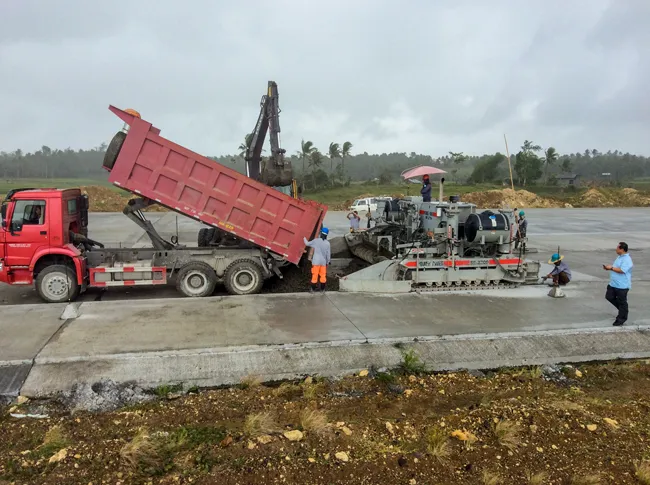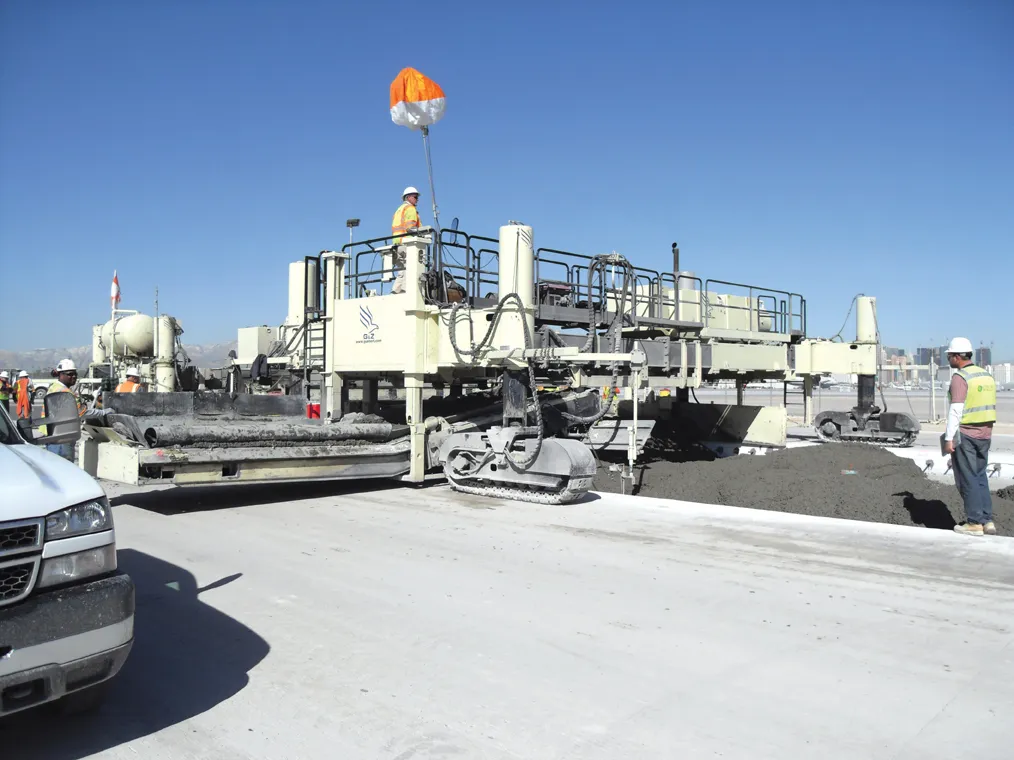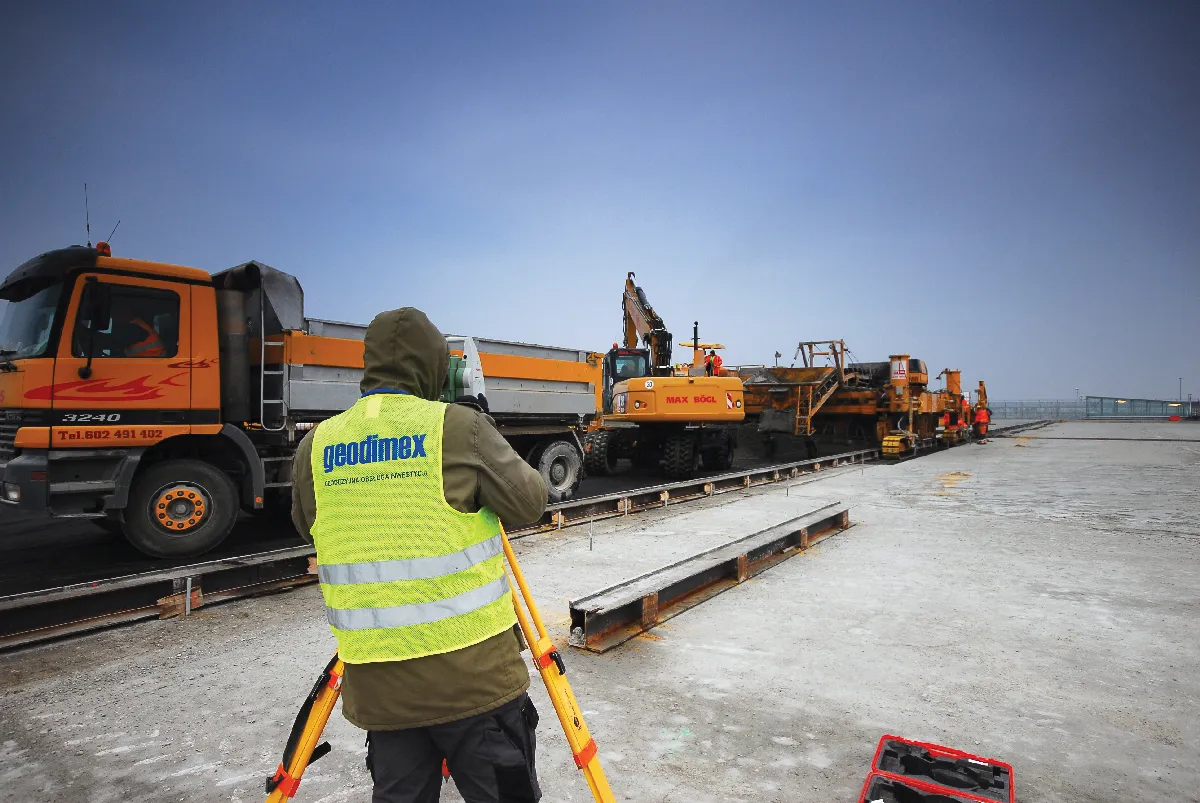SunWest Construction Development Corporation has been using a concrete paver from Power Pavers at the new Bicol International Airport in the Philippines.
The machine has been used to pave a runway, taxiways, and aprons for the US$105 million project underway in the Daraga municipality of Albay province in the Bicol Region. The new facility has been built as a replacement to the single runway Legazpi airport, which is located in an urban area where future expansion is not possible.
SunWest used its Powe
October 1, 2018
Read time: 2 mins

SunWest Construction Development Corporation has been using a concrete paver from 3975 Power Pavers at the new Bicol International Airport in the Philippines.
The new airport is a short distance from the city of Legazpi, but unlike the older facility it is not surrounded by buildings. It will be able to accommodate larger aircraft and more passengers, and has room for long-term expansion.
The machine has been used to pave a runway, taxiways, and aprons for the US$105 million project underway in the Daraga municipality of Albay province in the Bicol Region. The new facility has been built as a replacement to the single runway Legazpi airport, which is located in an urban area where future expansion is not possible.
SunWest used its Power Paver SF-2700 to pave a total width of 45m for the new Bicol runway. The SF-2700 was set at a width of 6m and the runway was paved in six lanes. The firm then changed the paver width to 4.5m and added the shoulder onto each side of the runway. A belt finisher was used on the back of the SF-2700 to produce a smooth finish.
The new airport is a short distance from the city of Legazpi, but unlike the older facility it is not surrounded by buildings. It will be able to accommodate larger aircraft and more passengers, and has room for long-term expansion.









